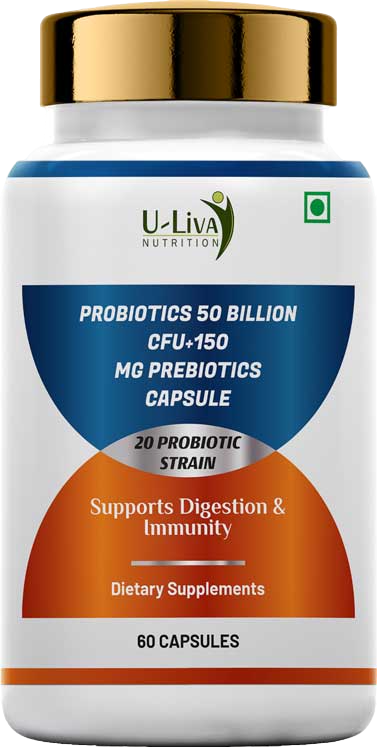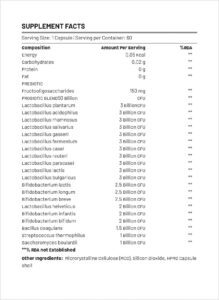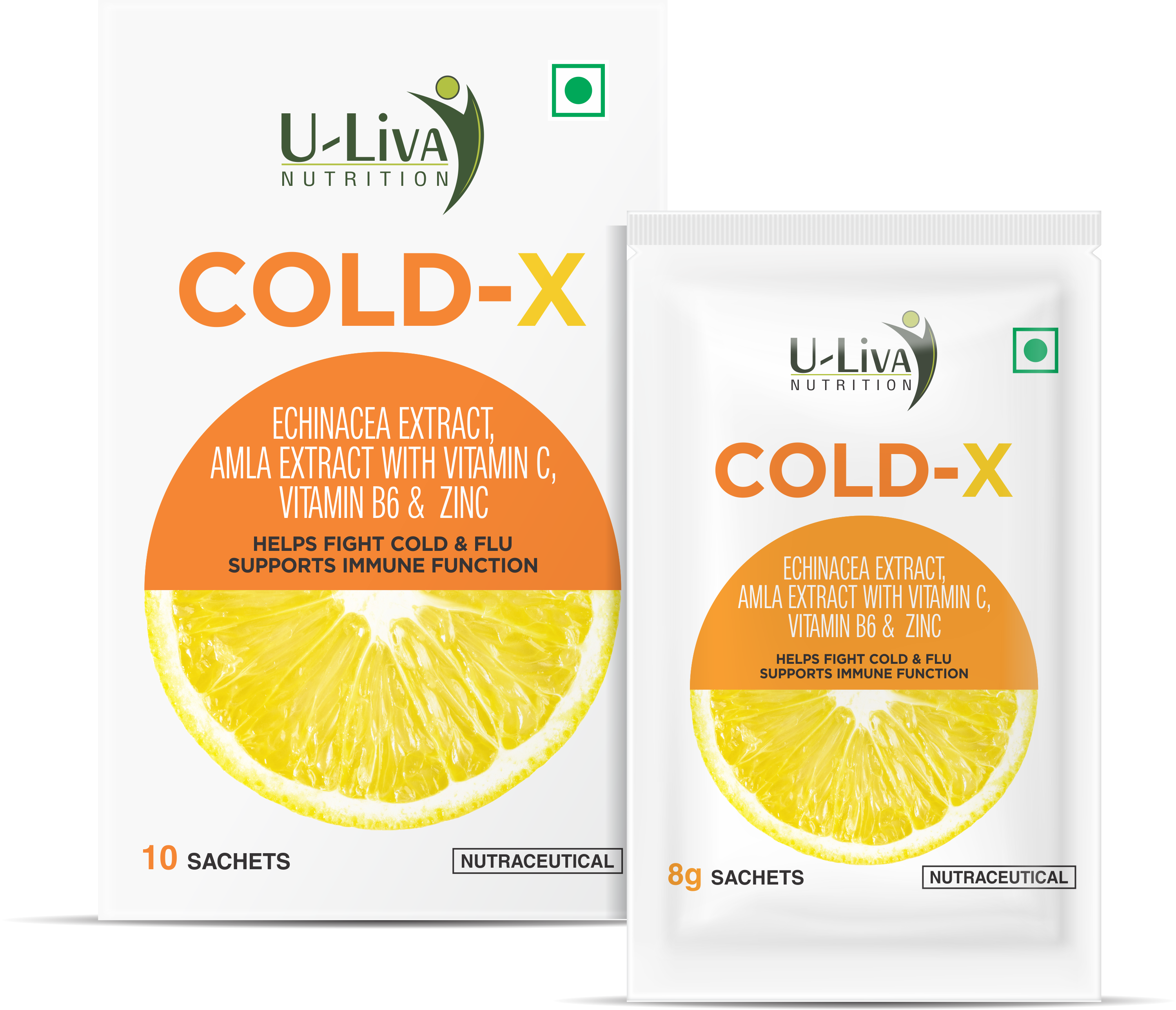
Prebiotics Probiotics capsule


- Prebiotics and probiotics are both important for gut health and can be taken together or separately
Prebiotics:
- These are non-digestible food ingredients that feed the good bacteria in your gut. They are found in high-fiber foods, such as beans, breast milk, fermented dairy products, and some root vegetables. Prebiotics help the good bacteria in your gut reproduce and grow in larger colonies. Some examples of prebiotics include inulin, fructo-oligosaccharides (FOS), and galacto-oligosaccharides (GOS).
Probiotics:
- These are live microorganisms found in foods or supplements that help maintain or improve the good bacteria in your gut. Some examples of probiotics include B. bifidum, B. longum, and B. breve.
- Products are packed in USFDA DMF certified containers
USES:
- Used to improve digestion and restore normal flora
- Used to treat bowel problems (such as diarrhea, irritable bowel),
- Used to treat eczema, vaginal yeast infections, lactose intolerance, and urinary tract infection
BENEFITS:
- Prebiotics and probiotics both support the body in building and maintaining a healthy colony of bacteria and other microorganisms, which supports the gut and aids digestion
- Probiotics may improve mental health









